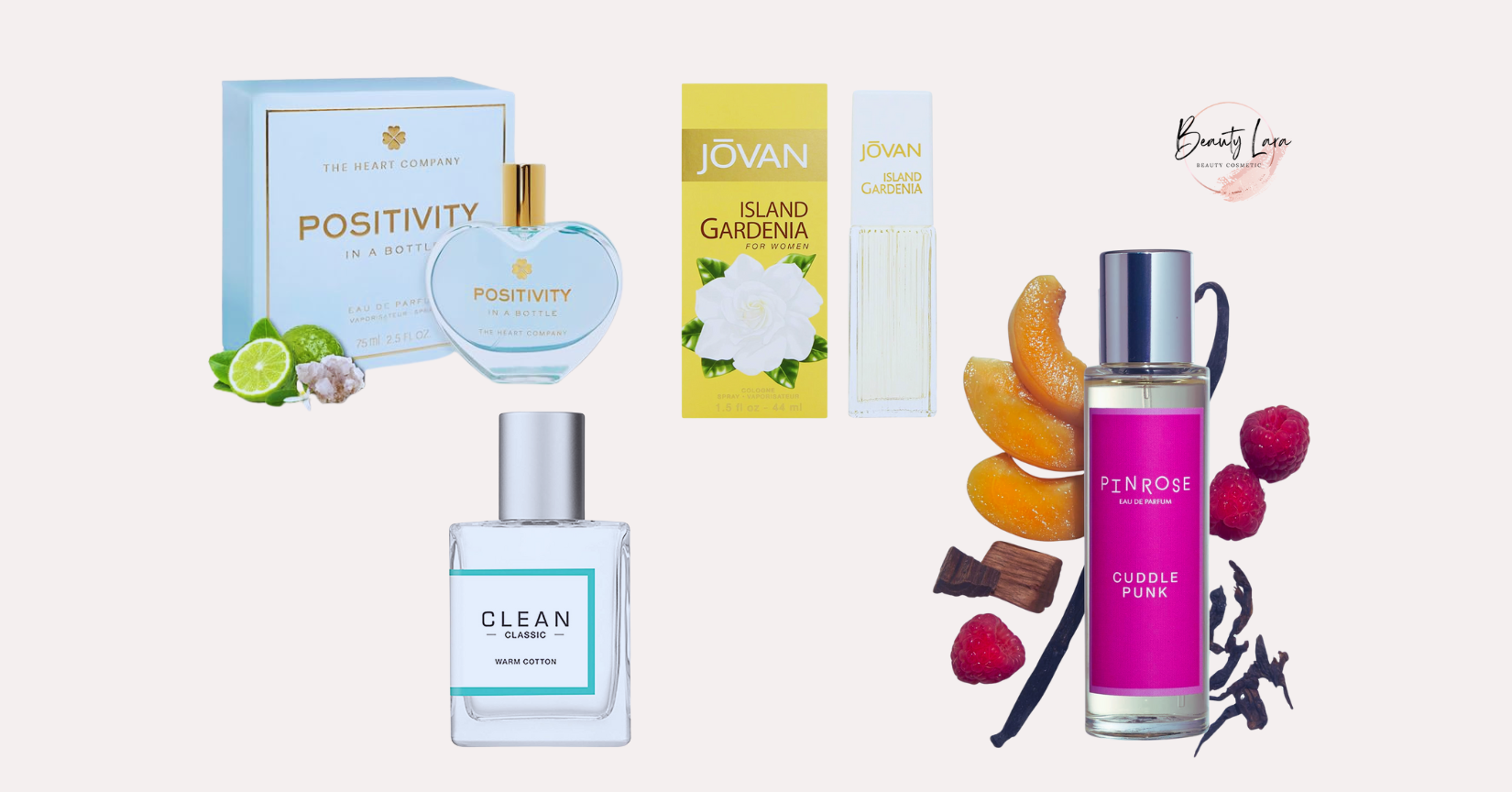Fine lines and wrinkles are the most frequent symptoms of aging that individuals want to remove or avoid. This is most likely why there are so many products that claim to diminish or even erase their appearance.
Face taping is a popular cosmetic trick that is supposed to smooth out creases and wrinkles.
Face taping is a TikTok popular that includes using tape to the face or wrinkled regions to combat indications of aging. People who have tried this technique say they detect a change or fewer noticeable lines after a few days of face taping.
So, the issue is, is face taping truly useful in preventing or removing wrinkles?
What exactly is face taping?
Face taping, as previously said, entails placing tape on parts of the face where you are concerned about the development of lines and wrinkles.
The forehead, around the eyes, and the sides of the nose (nasolabial folds) are examples of these. Those who have tried it use Scotch tape, medical tape, or kinesiology tape (used for injury) before going to bed.
The theory behind this beauty tip is that the tape will hold your muscles in place as you sleep. This restricts muscle mobility, which can help decrease the look of wrinkles. The trouble is, that the face still produces a lot of expressions during rapid eye movement (REM), or the stage of sleep during which most dreams occur.
There are other brands that specialize in face taping or temporary face lifting. These are medical-grade adhesives that may be used to elevate the eyes or brows for a more dramatic effect.
Face tapes are also used by many people in the entertainment business to achieve a more contoured or snatched appearance in photoshoots or film sequences.
Does face taping work?
Yes, it works, but not for long. It might assist if you need a quick boost for the day. Face tapes, on the other hand, cannot remove or soften the appearance of lines and wrinkles on your face in the same way that cosmetic neurotoxins may. These products will not successfully lessen or prevent lines.
Remember that the smoothing effect of the face tapes is just temporary. If you want a more permanent solution to wrinkles, minor skin laxity, and other symptoms of aging, non-surgical cosmetic options should be considered.
Injectables and light-based treatments have a more visible impact and give you a younger appearance.
Is this safe?
Although there are no serious problems with face taping, responses such as redness, rashes, irritation, and acne outbreaks are possible. Using various types might also cause skin harm because these goods rely on a lot of powerful glue or adhesives to stay in place and pull your skin back.
Excessive or prolonged face taping might dry out, darken, or irritate the skin. Furthermore, when you remove the tape, it may cause irritation and damage to the skin’s outermost layer.
If you use the face tape frequently and for several hours at a time, it is also possible that it will strain the skin and contribute to sagging.
Do Professionals Recommend Face Taping?
Face taping might be beneficial in some situations.
For example, if you need or choose not to use Botox to decrease wrinkles, taping your forehead and other regions of your face at night can be a more accessible and low-cost solution to keep the creases you currently have from becoming deeper.
The question of whether professionals recommend face taping elicits diverse opinions within the skincare and beauty industry. Dr. Alam, for instance, takes a middle ground, suggesting that face taping occupies a position between the effectiveness of neuromodulators (wrinkle-relaxing injections) and opting for no intervention at all.
According to him, if you’re dealing with horizontal forehead lines, applying strips of tape vertically along your forehead might be a viable approach.
However, this stance is not universal among skincare professionals. Dr. Lehrman, on the other hand, takes a more cautious approach by outrightly not recommending face taping. Her skepticism is primarily rooted in the absence of substantial evidence supporting the notion that face taping yields significant anti-aging results.
The dichotomy of opinions within the professional community adds an intriguing layer to the ongoing discourse surrounding face taping. It underscores the complexity of evaluating and endorsing unconventional skincare practices, especially when faced with limited empirical evidence.
The contrasting perspectives offer consumers a glimpse into the dynamic nature of the beauty industry, where varied viewpoints shape the narrative around emerging trends and techniques.
As individuals navigate the landscape of anti-aging solutions, the debate on face taping continues to unfold. It prompts consumers to critically assess the information available, consider the credibility of sources, and perhaps seek personalized advice from skincare professionals.
In this evolving conversation, the question of whether or not professionals recommend face taping remains an open one, reflecting the ongoing exploration and discussion within the realm of skincare practices.
What is the most effective way to soften or remove wrinkles?
Botulinum toxin type A is a safe and efficient treatment for wrinkles and creases. It works by temporarily numbing the muscles that cause wrinkles, softening them, and preventing lines from forming on the face. The first effects come after three to four days, while the complete benefits appear after 14 days.
This injectable can be used to smooth creases and wrinkles on the forehead, between the brows, under the eyes, and above the upper lips. It is good for dynamic wrinkles or those caused by repeated facial emotions including frowning, smiling, and squinting.
The results endure for a period of approximately three to four months.
Botulinum toxin, when injected by a qualified expert, can produce natural-looking effects. It is best to begin slowly or with low dosages, especially if this is your first time receiving the medication.
When it comes to injectables, less is more, especially if you want to be able to move your face and avoid seeming frozen.
Aside from botulinum toxin, additional cosmetic treatments that can successfully minimize the appearance of wrinkles include:
Dermal fillers – fill in wrinkles, creases, and folds with a synthetic type of hyaluronic acid (HA) or calcium hydroxylapatite (CaHA), as well as contour the face.
Micro-focused ultrasound with visualization (MFU-V) – This technique employs ultrasonic energy to stimulate collagen formation, elevate the skin on the face, neck, and chest, and decrease the appearance of lines and wrinkles.
VI Peel Advanced is a chemical peel for mature or aging skin with fine lines, wrinkles, and elasticity loss. It has the ability to penetrate deeply and minimize indications of aging while also increasing collagen stimulation.
Microneedling using the Dermapen 4 causes micro-trauma in the skin, which stimulates collagen and elastin formation. It can aid with fine lines and wrinkles, increased pores, scarring, and rough skin texture.
Laser skin resurfacing employs laser light to remove the damaged superficial skin layer while simultaneously heating the deeper layers to encourage collagen development. It can rejuvenate skin and reduce fine lines and wrinkles, as well as UV damage, dullness, and acne scars.
FAQs
Is face taping painful?
Face taping is generally painless. However, individuals with sensitive skin may experience mild discomfort or irritation initially.
How long do the effects of face taping last?
The effects are temporary and can last anywhere from a few days to a week, depending on the technique used and individual factors.
Can face taping replace surgical procedures?
Face taping provides a non-invasive alternative, but it’s essential to manage expectations. It’s not a permanent solution like surgical procedures.
Are there any age restrictions for face taping?
Face taping is suitable for various age groups, but consulting with a skincare professional is recommended, especially for older individuals.
Can face taping be combined with other skincare treatments?
Yes, face taping can complement other skincare treatments, but it’s advisable to consult with a skincare expert for a personalized approach.








[…] the proper methods to clean makeup brushes will help prevent your skin from acne, skin irritations, and […]
[…] continuous use, you can reduce wrinkles, blemishes and pigmentation spots. Your skin is given a more even complexion and appears plumper […]